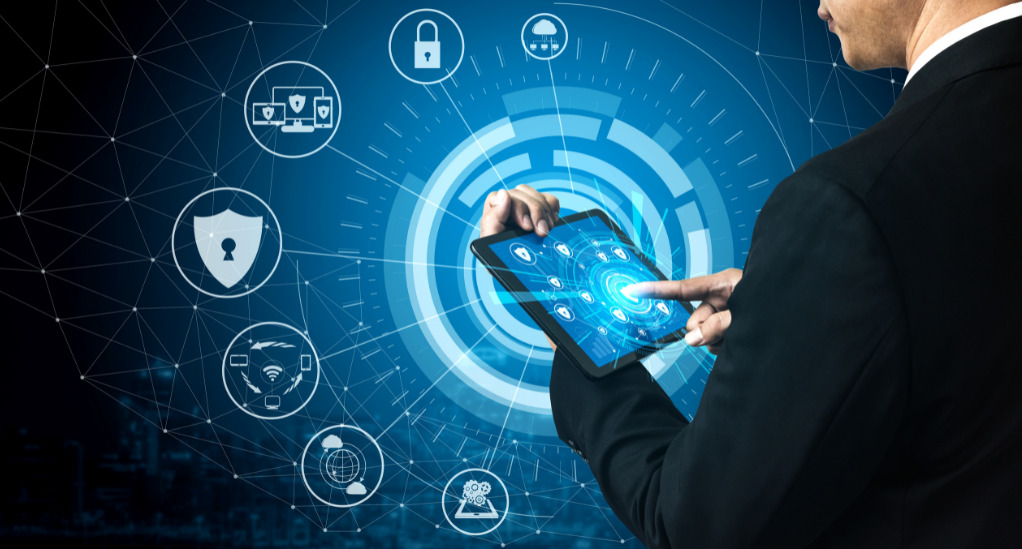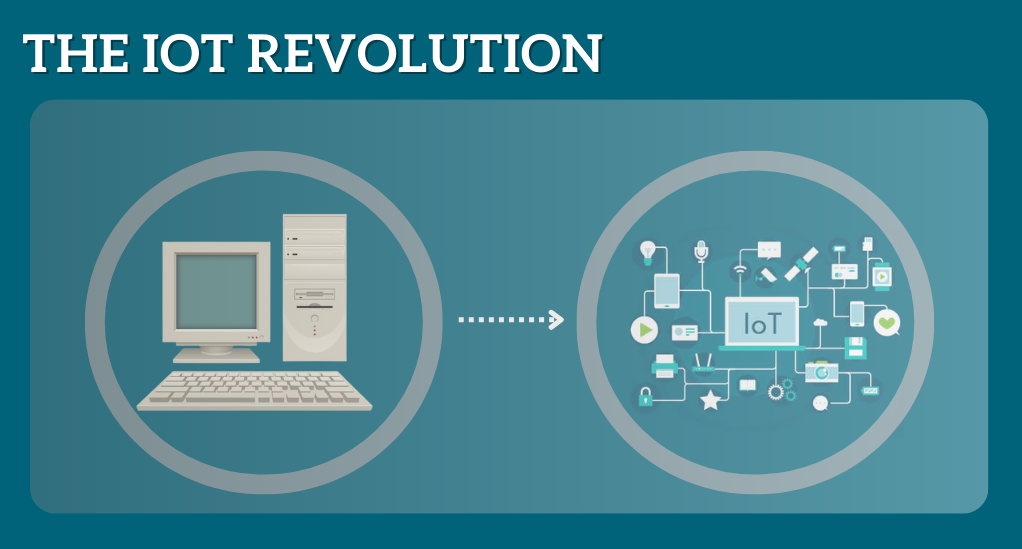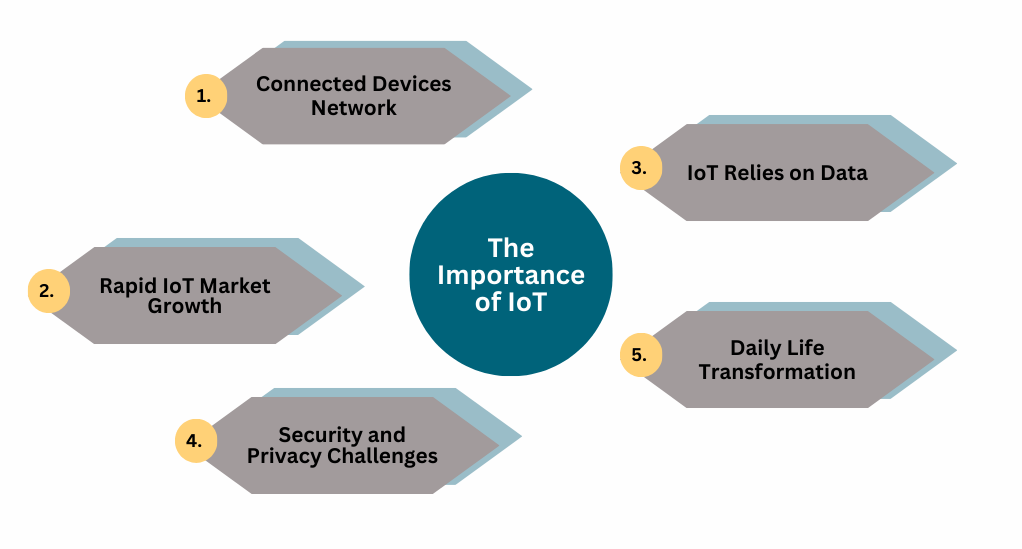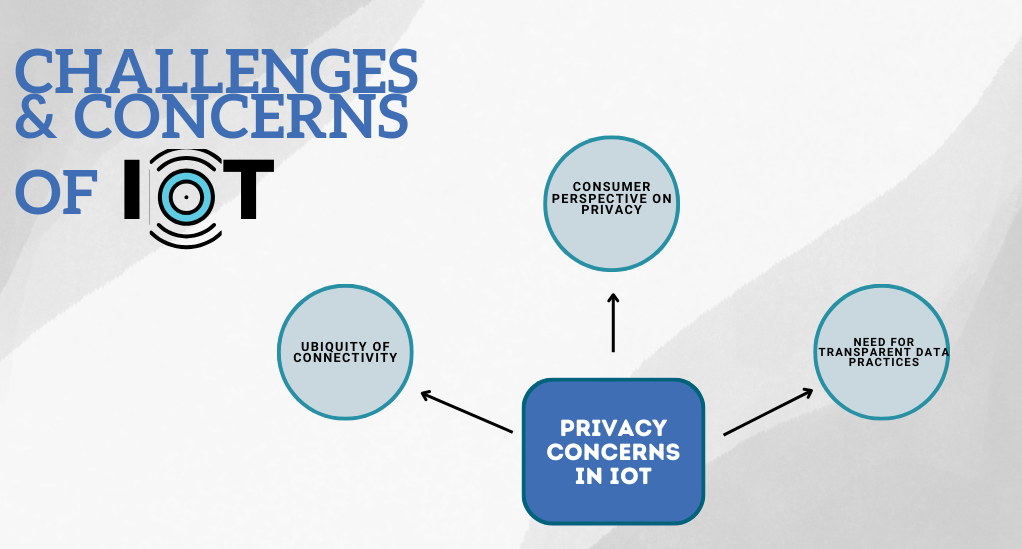
How to Ensure Security and Privacy in Your IoT Ecosystem
The Internet of Things, commonly referred to as IoT, is not just a buzzword. It represents a profound shift in how we interact with technology and the world around us. At its core, IoT is about connecting devices over the internet, letting them talk to us, applications, and each other. But what does this mean for our daily lives, and why is it causing such a transformational impact?
The Dawn of a Connected Era
Imagine a world where your refrigerator can detect when you’re running low on milk and automatically order a fresh carton from your preferred online grocery store. Or a scenario where your alarm clock not only wakes you up but also communicates with your coffee maker to start brewing a fresh pot. This is the world IoT is creating—a seamlessly connected environment where devices work in harmony to simplify and enhance our daily routines.
| Device | IoT Functionality |
|---|---|
| Refrigerator | Detects low food supplies and places online orders |
| Alarm Clock | Communicates with other home devices for synchronized tasks |
| Car | Analyzes traffic data in real-time to suggest optimal routes |
| Fitness Tracker | Monitors health metrics and provides insights or alerts |
Beyond Personal Computers: The IoT Revolution

For decades, when we talked about “connecting to the internet,” we primarily thought of personal computers. Today, that narrative has changed dramatically. With IoT, devices ranging from home appliances to industrial machines are now joining the online realm. According to a report by Statista, the number of connected devices worldwide is projected to rise to 50 billion by 2030, up from approximately 22 billion in 2018.
This surge isn’t just about quantity; it’s about diversity. The devices being connected are more varied than ever. From smart thermostats that adjust room temperatures based on occupancy to wearable health devices that monitor heart rates and sleep patterns, the scope of IoT is vast and continually expanding.
Why This Matters
The transformational impact of IoT lies in its ability to make our lives more efficient, informed, and responsive. With real-time data collection and analysis, these devices can predict our needs, streamline our tasks, and even alert us to potential issues before they become significant problems. For businesses, this means improved operational efficiency, better customer experiences, and new revenue streams. For individuals, it translates to enhanced convenience, safety, and even potential cost savings.
Understanding the Importance of IoT

The Internet of Things is more than just a technological trend; it’s a global network of interconnected devices that share information seamlessly. But to truly grasp its significance, one must look beyond the surface and understand the underlying principles and potential of IoT.
The Global Network of Connected Devices
At its essence, IoT represents a vast web of devices that communicate with each other, generating and collecting data to optimize functionality. From smartwatches that track our fitness levels to industrial sensors that monitor machinery health, these devices are constantly exchanging information, learning from one another, and making real-time decisions.
Data: The Heartbeat of IoT
One of the most defining features of IoT devices is their ability to collect data. Whether it’s a smart thermostat learning about your heating preferences or a wearable device monitoring your heart rate, these devices gather vast amounts of information. This data, when analyzed and interpreted, provides insights that can lead to more efficient operations, personalized user experiences, and even predictive actions.
For instance, consider a smart farming system that uses sensors to monitor soil moisture levels. By analyzing this data, the system can determine the optimal amount of water needed for crops, leading to water conservation and increased crop yields.
A Market Set for Exponential Growth
The potential and benefits of IoT have not gone unnoticed by the business world. Market projections suggest that the IoT sector could be valued at more than half a trillion dollars by 2022. This growth is not just in terms of monetary value but also in the sheer number of devices. By 2025, we could see around 64 billion IoT devices in use worldwide, a testament to its rapidly expanding influence.
Transforming Everyday Activities
The beauty of IoT lies in its ability to transform mundane tasks into intelligent actions. Consider smart lighting systems that adjust brightness based on the time of day, or connected healthcare devices that give patients real-time feedback on their health metrics. These innovations not only enhance convenience but also offer tangible benefits like energy conservation and improved health monitoring.
The Double-Edged Sword: Security and Privacy Concerns
However, with the proliferation of connected devices comes a set of challenges. The more devices we have, the more entry points exist for potential cyber threats. As the IoT landscape expands, so do concerns about security and privacy. Ensuring the safety of these devices and the data they hold becomes paramount, a topic we will explore in depth in the upcoming segments.
The journey of understanding IoT is multifaceted. While its potential to revolutionize industries and daily life is undeniable, it’s equally essential to be aware of the challenges it presents. As we navigate this connected world, striking a balance between innovation and security will be the key to harnessing the full power of the Internet of Things.
Diving Deep into IoT Security
As the Internet of Things continues to weave its way into the fabric of modern society, the question of security becomes increasingly pressing. With a vast and diverse landscape of devices, from legacy systems to cutting-edge innovations, the challenges of ensuring robust security are multifaceted.
The Vulnerabilities of a Connected World
The very nature of IoT, with its interconnectivity and data exchange, makes it susceptible to a range of security risks. Many devices in the IoT spectrum are designed for mass deployment, such as sensors in smart cities or wearable fitness trackers. When a multitude of similar devices are deployed, they often share common vulnerabilities, making them prime targets for cyberattacks.
The Importance of Authentication
A cornerstone of IoT security is authentication. It ensures that the devices communicating with each other are genuine and not impostors. However, many current IoT ecosystems only have mechanisms to guard against a limited set of threats, like replay attacks or Denial of Service (DoS) attacks. This narrow focus can leave systems exposed to more sophisticated breaches.
For instance, if a poorly secured device is integrated into an IoT network, it can compromise the entire system’s resilience. With the vast number of devices in the IoT realm, it’s imperative for developers and users alike to ensure that one weak link doesn’t jeopardize the entire chain.
The Role of Information Security
Another crucial aspect of IoT security revolves around information. With devices collecting a plethora of data, from personal health metrics to home energy usage, the stakes for information security are high. The presence of applications that naturally gather diverse data can pose significant risks. Man-in-the-middle attacks, where third-party agents intercept communication channels, are becoming increasingly prevalent, emphasizing the need for robust encryption and security protocols.
Exploring Privacy Concerns in IoT

Beyond the realm of security lies another critical dimension: privacy. As IoT devices become more integrated into our daily lives, the way they handle and process our personal information comes under scrutiny.
The Consumer Perspective on Privacy
For many, the utility of an IoT device is directly proportional to its ability to safeguard privacy. If a device is perceived as intrusive or careless with user data, its adoption can be hindered. The challenge for developers and manufacturers is to strike a balance between functionality and privacy assurance.
The Ubiquity of Connectivity
The omnipresent nature of IoT connectivity amplifies privacy concerns. Devices are constantly communicating, often sending personal or sensitive data across networks. Without robust privacy protection mechanisms, this data can be accessed from anywhere in the world, leading to potential breaches or misuse.
The Need for Transparent Data Practices
One of the primary concerns for consumers is understanding how their data is used. Often, IoT device terms of service are lengthy and complex, leaving users in the dark about data collection and usage practices. For IoT to gain widespread trust, transparency in data practices is essential. This includes clear communication about what data is collected, how it’s used, and the measures in place to protect it.
The Internet of Things offers a world of possibilities, from enhanced convenience to groundbreaking innovations. However, as we embrace this connected future, it’s imperative to navigate the challenges of security and privacy with diligence and foresight. Only by addressing these concerns head-on can we truly unlock the transformative potential of IoT.
Common Security Issues in IoT
As the IoT ecosystem expands, it brings with it a myriad of security challenges. Understanding these issues is the first step towards developing effective countermeasures and ensuring a safer connected environment.
Inadequate Password Protection
One of the most glaring vulnerabilities in many IoT devices is the use of default or hard-coded credentials. These easily guessable or universally known passwords offer cybercriminals a straightforward entry point. For instance, the infamous Mirai malware exploited devices with common default credentials, leading to one of the largest Distributed Denial of Service (DDoS) attacks in history.
Manufacturer Compliance and Device Updates
Often, manufacturers prioritize rapid production and market release over rigorous security testing. Devices might be shipped with outdated software or firmware, making them susceptible to known vulnerabilities. Moreover, once these devices are in use, timely updates are crucial. Without regular patches and updates, even initially secure devices can become vulnerable over time.
Insecure Interfaces and Data Transmission
IoT devices frequently communicate with central servers, cloud platforms, or other devices. If these communication channels are not secured, they can be intercepted, leading to data breaches. Insecure Application Programming Interfaces (APIs) or web interfaces can expose devices to unauthorized access or control.
Addressing Privacy Concerns in IoT
With the vast amount of data IoT devices collect, ensuring user privacy becomes paramount. Several concerns dominate the discourse on IoT and privacy.
Data Overload
The sheer volume of data generated by IoT devices is staggering. From personal preferences to behavioral patterns, these devices have insights into various facets of users’ lives. This abundance of data, if not managed and protected correctly, can lead to significant privacy breaches.
Eavesdropping and Unauthorized Access
The potential for eavesdropping is a growing concern in the IoT landscape. Cybercriminals, or even manufacturers in some cases, can remotely activate device microphones or cameras, effectively turning them into surveillance tools. Such unauthorized access can lead to significant privacy invasions, from listening in on private conversations to monitoring user behaviour.
Data Sharing and Third-party Use
Often, users are unaware of how their data is shared or used by third parties. An IoT device might share user data with advertisers, insurance companies, or other entities without explicit user consent. Such practices can lead to unwanted targeted advertising or even discriminatory pricing based on user behavior or preferences.
The Path Forward: Balancing Innovation with Security
The potential of the Internet of Things is undeniable. It promises a future where devices work in harmony, optimizing our lives in ways we’ve yet to imagine. However, this promise is contingent on addressing the pressing issues of security and privacy.
Manufacturers, developers, and policymakers must collaborate to establish robust security standards for IoT devices. User education is equally crucial, ensuring that individuals understand the risks and take proactive measures to protect their devices and data.
As we stand at the cusp of a connected revolution, the choices we make today will shape the IoT landscape of tomorrow. Embracing security and privacy as foundational principles will ensure that the Internet of Things realizes its full transformative potential.
Conclusion
The Internet of Things (IoT) stands as a beacon of potential, promising a future where devices seamlessly integrate to enhance our daily lives. However, with this promise comes the imperative to address pressing challenges in security and privacy. A collaborative approach, involving manufacturers, developers, and users, is crucial to establish robust security standards and practices. As IoT devices become ubiquitous, users must be empowered with knowledge and tools to safeguard their data, emphasizing the need to view privacy not just as a luxury but as a fundamental right.
As we navigate the complexities of this connected era, the ethical dimensions of IoT come to the forefront. It’s not just about what technological feats we can achieve, but what we should aim for in terms of societal benefit and user well-being. The future of IoT is not merely a technological journey but a societal shift, and our collective choices will determine the legacy of this transformative era.


Leave a Reply